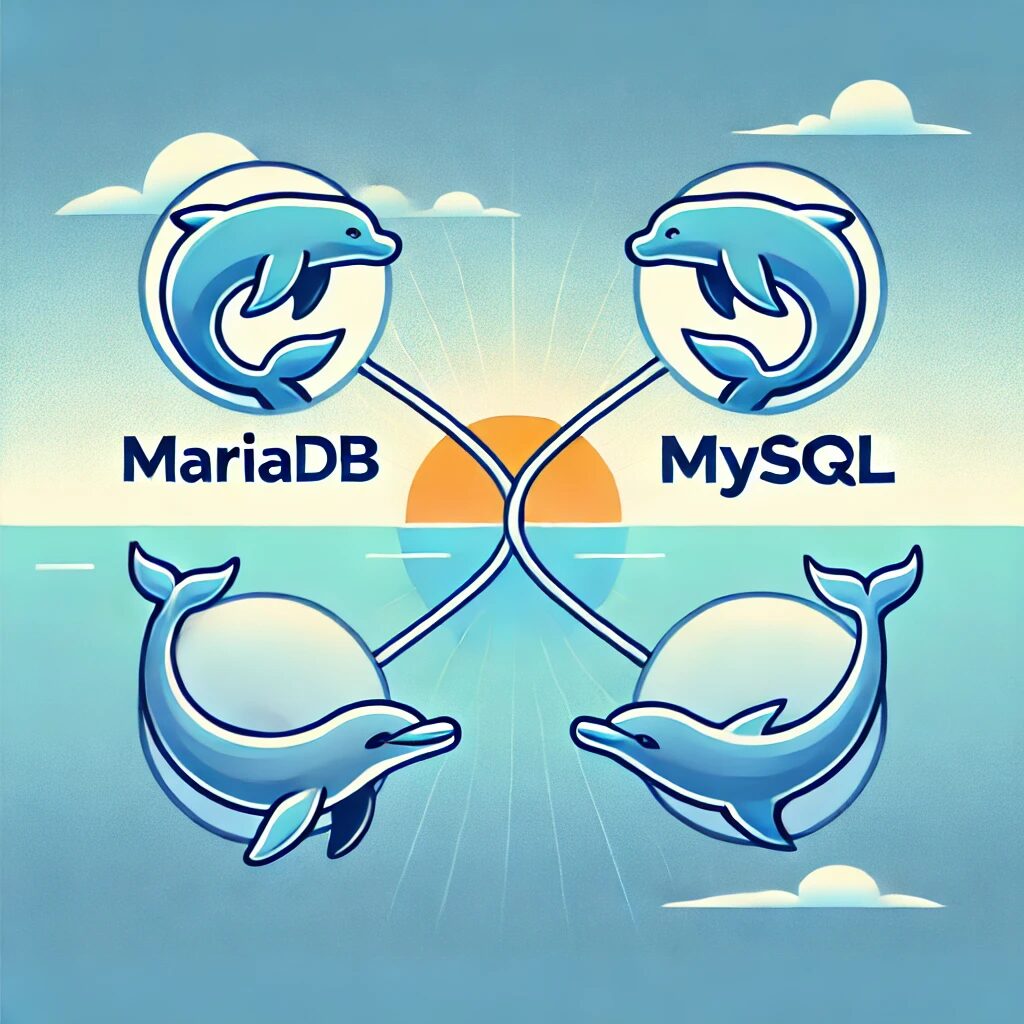Today, we’ll delve into the differences between MariaDB and MySQL, two popular relational database management systems. Understanding their history, relationship, and divergence will help you make an informed decision about which one to use for your projects.
A Brief History
MySQL
MySQL was founded in 1995 by Michael “Monty” Widenius, David Axmark, and Allan Larsson. It quickly became one of the most popular open-source databases due to its speed, reliability, and ease of use. MySQL was widely adopted by web developers and organizations for managing data-driven applications.
In 2008, Sun Microsystems acquired MySQL AB, the company behind MySQL. Just two years later, Oracle Corporation acquired Sun Microsystems, including MySQL. This acquisition raised concerns within the open-source community about the future direction of MySQL under Oracle’s ownership.
MariaDB
In response to these concerns, Michael “Monty” Widenius, one of the original creators of MySQL, decided to fork MySQL and create MariaDB in 2009. The goal was to ensure the continued development and availability of a free and open-source database. MariaDB is named after Monty’s daughter, Maria, following the naming tradition of MySQL, which was named after his other daughter, My.
Key Differences Between MariaDB and MySQL
Licensing
One of the most significant differences between MariaDB and MySQL is their licensing. MariaDB is released under the GNU General Public License (GPL), ensuring that it remains free and open-source. MySQL, while also available under the GPL, has additional proprietary licenses under Oracle’s control, which can impact its usage in certain scenarios.
Compatibility and Features
MariaDB started as a drop-in replacement for MySQL, meaning you could switch to MariaDB without changing your applications. However, over time, MariaDB has introduced new features and improvements that are not present in MySQL. Some of these include:
- Storage Engines: MariaDB supports more storage engines, including Aria, ColumnStore, and MyRocks, providing greater flexibility for different use cases.
- Performance Enhancements: MariaDB often outperforms MySQL in specific scenarios due to optimizations and additional features like thread pooling and the XtraDB storage engine (a drop-in replacement for InnoDB).
- JSON Functions: While MySQL has built-in JSON support, MariaDB offers a different set of JSON functions and capabilities, catering to various developer preferences.
- Security Features: MariaDB has implemented security features such as user roles and the ability to limit the resources available to individual users, enhancing overall security management.
Community and Development
MariaDB is developed and maintained by the MariaDB Foundation, an independent non-profit organization. This ensures that the development is community-driven and not influenced by any single company. In contrast, MySQL development is primarily controlled by Oracle, which can lead to concerns about the project’s direction and priorities.
Versioning and Updates
MariaDB follows a different versioning scheme than MySQL. While both databases aim to provide regular updates and improvements, MariaDB’s release cycle often includes more frequent updates with additional features and bug fixes. This can be an advantage for users seeking the latest advancements in database technology.
Choosing Between MariaDB and MySQL
When deciding between MariaDB and MySQL, consider the following factors:
- Compatibility: If you need a drop-in replacement for MySQL with additional features, MariaDB is an excellent choice. However, if your application relies on specific MySQL features or you prefer Oracle’s support, MySQL may be more suitable.
- Performance and Features: Evaluate the performance requirements and features of your application. MariaDB’s additional storage engines and performance enhancements might offer a better fit for your needs.
- Licensing and Community: Consider the licensing implications and the development community behind each database. MariaDB’s GPL licensing and community-driven development can provide more assurance of ongoing support and innovation.
Conclusion
Both MariaDB and MySQL have their strengths and unique features, making them valuable tools in the world of relational databases. Understanding their history, differences, and the communities behind them will help you make an informed decision about which one to use for your projects. Whether you choose MariaDB or MySQL, you can be confident in the robustness and reliability of these powerful databases.
For more insights into Linux and open-source technologies, stay tuned to LinuxExpert.org!
By understanding the differences between MariaDB and MySQL, you can make better decisions for your database management needs.
Sources:


